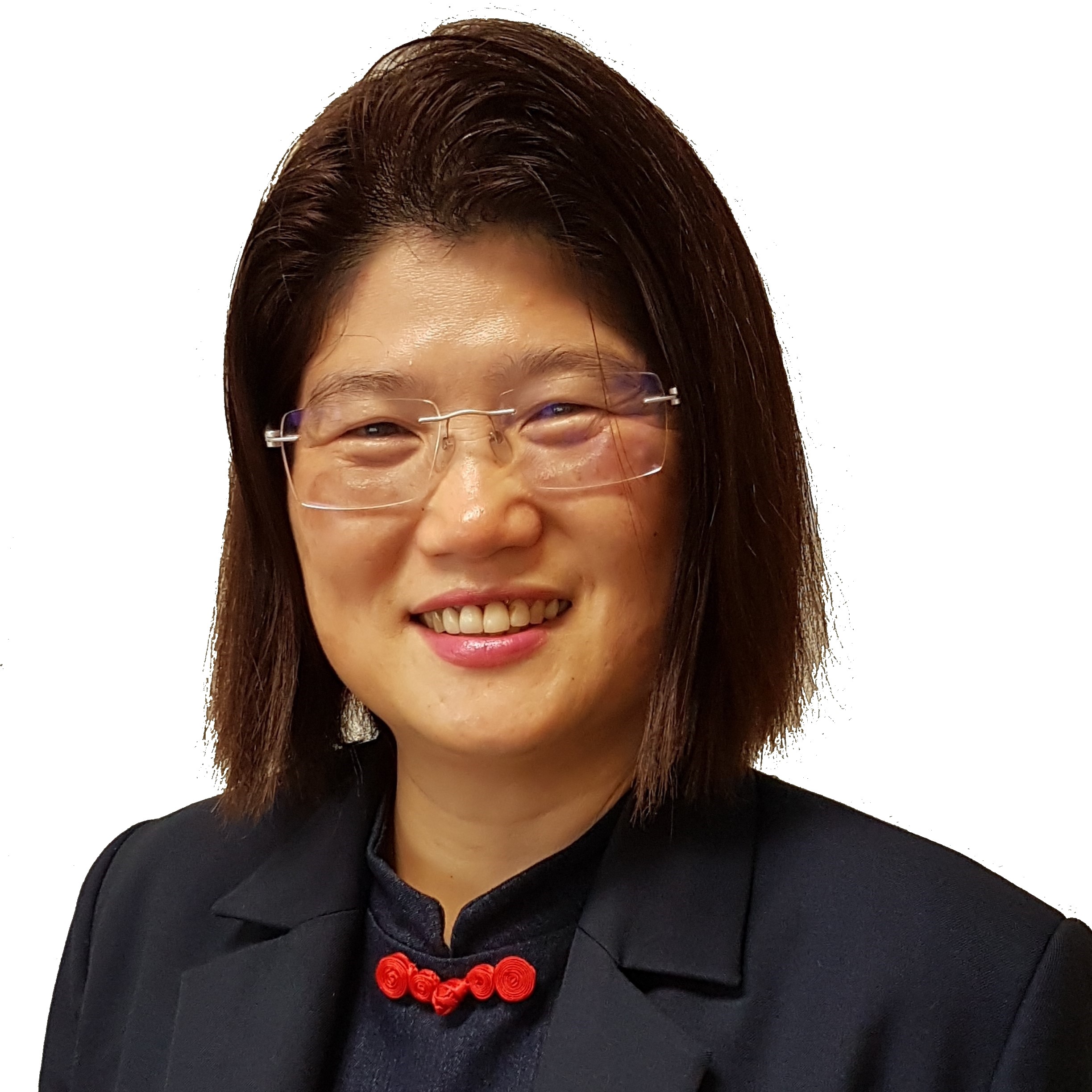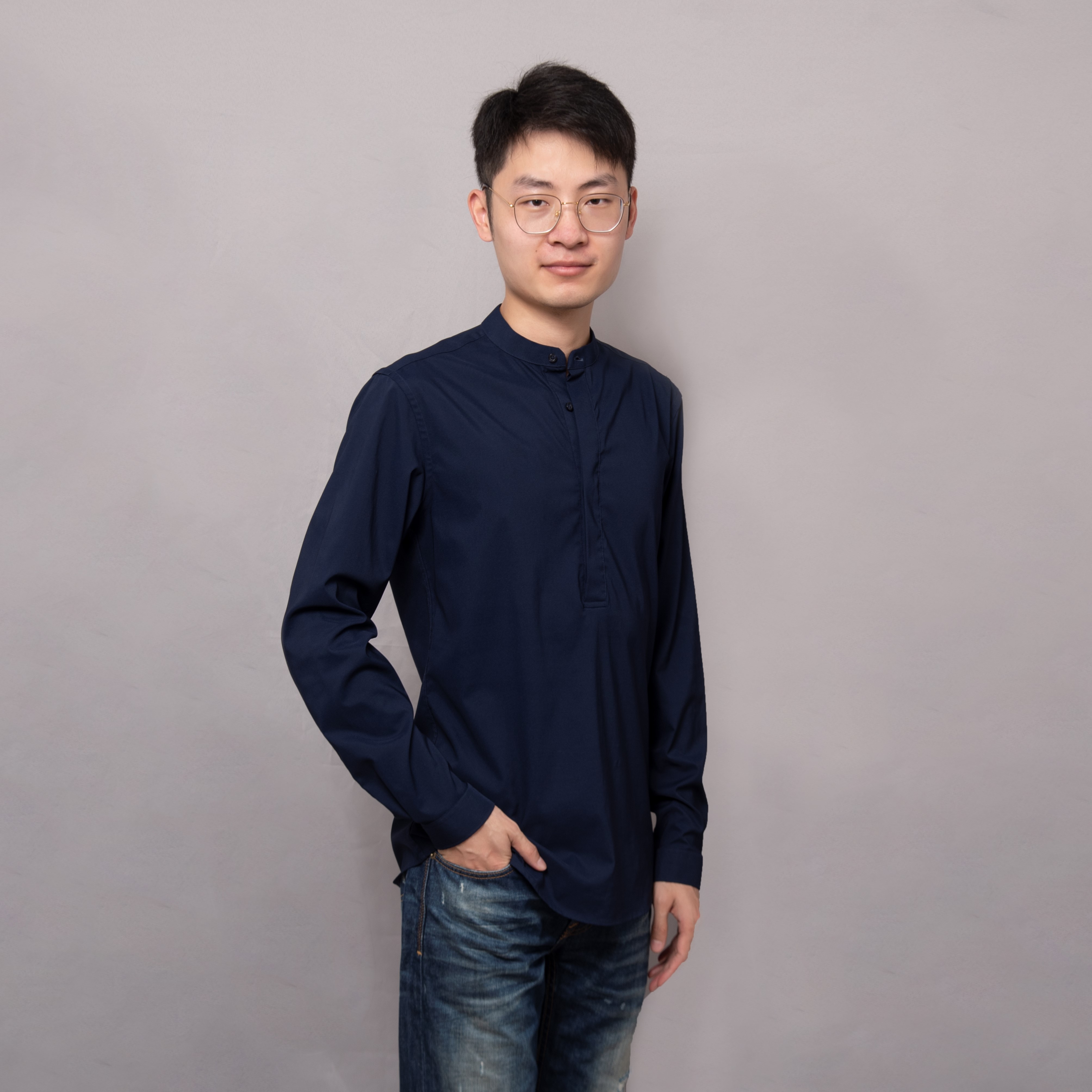Introduction
This sub-conference focuses on Technology Enhanced Language and Humanities Learning. Cutting-edge technologies like artificial intelligence can provide adaptive and personalized learning environments for language and humanities education. Internet technologies and smartphones offer learners opportunities for interaction beyond the limitations of time and space, while tablets and other smart devices can serve as electronic learning companions. The deep integration of these technologies with language and humanities disciplines can effectively promote student learning, enhance learning interest, and improve teaching efficiency. This sub-conference aims to provide an open and diverse platform for scholars from around the world to share knowledge, teaching, and research experiences. It invites discussions on the application of technology in various fields such as languages, history, culture, arts, civics, 21st-century skills, and moral education. Participants will explore trends and strategies for the new era and discuss potential future research collaborations.
Paper Submission Topics (including but not limited to the following)
1. Theoretical foundations
2. Learning strategies and learning style exploration
3. Instructional design and applications (e.g., flipped classroom, MOOCs, micro-courses)
4. Blended learning
5. Applications of artificial intelligence technology
6. Mobile learning and seamless learning
7. Development of teaching resources and content
8. Development and application of software and hardware technologies
9. Effectiveness testing and evaluation
10. Big data analysis
11. Design-based research and action research
12. Teacher professional development
13. Applications in informal learning
14. Influence of cultural and language factors on learning (e.g., cross-cultural academic exchanges)
15. Relevant policies and historical research
Paper Submission
Full manuscripts shall be submitted to the conference for review. Abstract submissions will NOT be accepted. This conference uses double-blind review,
which means that both the reviewer and author identities are concealed from the reviewers, and vice versa, throughout the review process. Please kindly
note that when authors submit papers for review, the authors’ information has to be blinded in the title, the contents, and the reference part. After
the paper is being accepted, the author information will be displayed in the final version of the submitted paper.
1.Authors should only prepare submissions in Chinese (Long paper: 8 pages; Short paper: 4 pages; Poster: 2 pages). Submissions written in Chinese
should include the title, abstract and keywords written in both Chinese and English.
2.Authors should make submissions by uploading papers onto the Submission System of the conference
https://easychair.org/conferences/?conf=gccce2025
3.Authors should submit papers with PDF format. Please make use of the paper template for preparing submissions.
4. Please pay attention to all English papers, regardless of topic, please submit to English Paper Track。
5. At least one author is required to register and present for publication once a paper is accepted.
C5 Program Committee
Executive Chair

AW Guat Poh
Nanyang Technological University(Singapore)
Co-Chairs

WU Junjie
Macao Polytechnic University(Macau)

HUANG Fang
Shanghai International Studies University(Mainland China)

LIEN Yujen
Chung Yuan Christian University(Taiwan)

SIM Seok Hwa
Ministry of Education(Singapore)
Program Committee Members
Fu Zhuxia, Shenzhen University
Han Yiting, Singapore Centre for Chinese Language
Hsu Yu-Yin, The Hong Kong Polytechnic University
Lai Chun, The University of Hong Kong
Lee Sangmin-Michelle, Kyung Hee University
Lin Chinhsi, The Chinese University of Hong Kong
Lin Jinzhan, Singapore Centre for Chinese Language
Mihat Warid, Universiti Teknologi MARA
Shu Zhaomin, Taiwan Taitung University
Sun Li, Nanyang Technological University, Singapore
Tong Qiying, Nanyang Technological University, Singapore
Tse Ka Ho, The Education University of Hong Kong
Wang Le, Qingdao University
Wang Ping, Shanghai International Studies University
Wang Yongliang, North China University of Water Resources and Electric Power
Wu Chenggang, Shanghai International Studies University
Wu Sumei, Beijing Normal University
Zhan Fangqiong, Nanyang Technological University, Singapore

AW Guat Poh
Nanyang Technological University(Singapore)

WU Junjie
Macao Polytechnic University(Macau)

HUANG Fang
Shanghai International Studies University(Mainland China)

LIEN Yujen
Chung Yuan Christian University(Taiwan)

SIM Seok Hwa
Ministry of Education(Singapore)
Fu Zhuxia, Shenzhen University
Han Yiting, Singapore Centre for Chinese Language
Hsu Yu-Yin, The Hong Kong Polytechnic University
Lai Chun, The University of Hong Kong
Lee Sangmin-Michelle, Kyung Hee University
Lin Chinhsi, The Chinese University of Hong Kong
Lin Jinzhan, Singapore Centre for Chinese Language
Mihat Warid, Universiti Teknologi MARA
Shu Zhaomin, Taiwan Taitung University
Sun Li, Nanyang Technological University, Singapore
Tong Qiying, Nanyang Technological University, Singapore
Tse Ka Ho, The Education University of Hong Kong
Wang Le, Qingdao University
Wang Ping, Shanghai International Studies University
Wang Yongliang, North China University of Water Resources and Electric Power
Wu Chenggang, Shanghai International Studies University
Wu Sumei, Beijing Normal University
Zhan Fangqiong, Nanyang Technological University, Singapore
